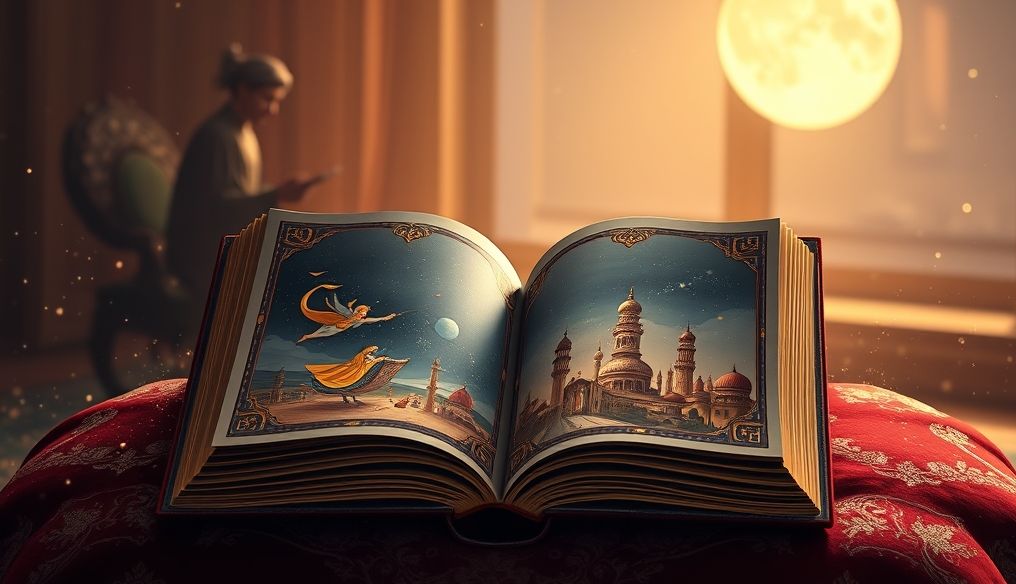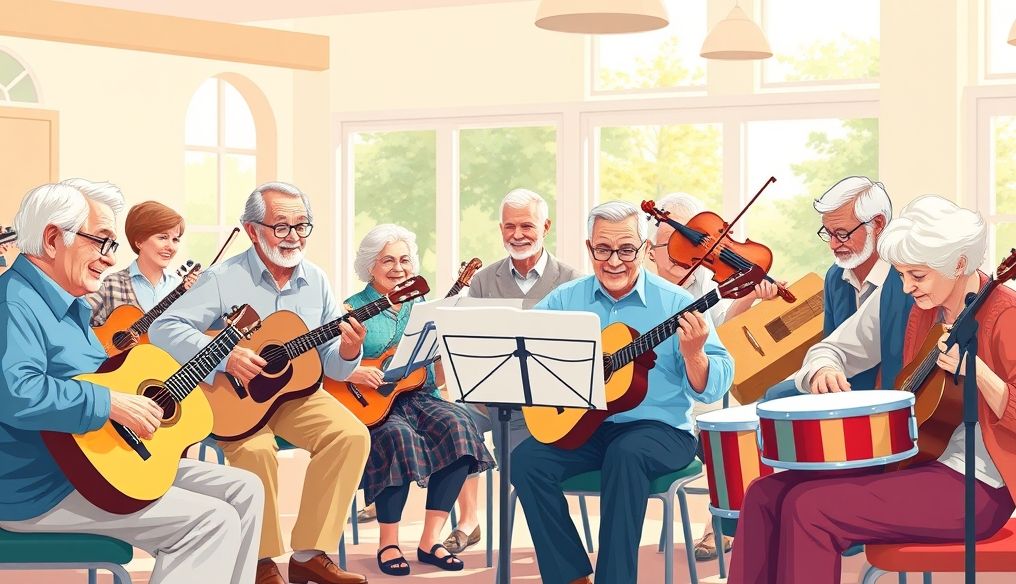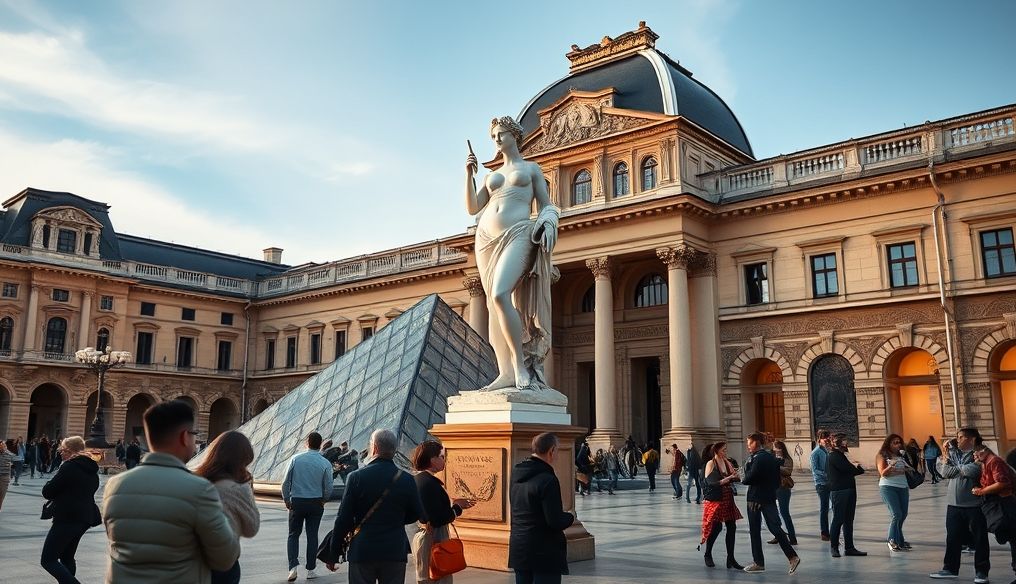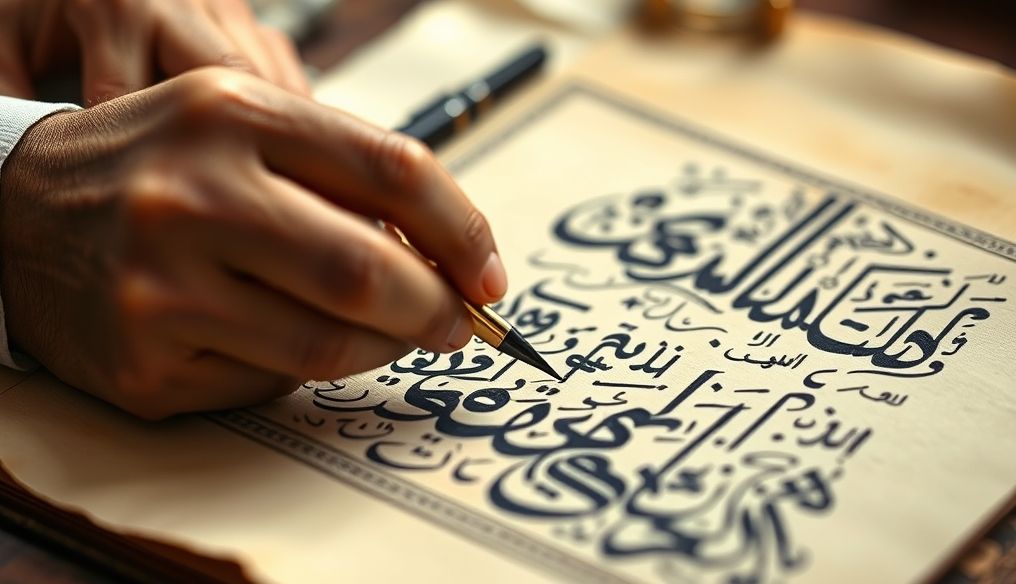What is the Story of "One Thousand and One Nights" and the Origin of its Tales?
"One Thousand and One Nights," also known as "Arabian Nights," is a collection of Arabic stories with ancient Persian and Indian origins, compiled over centuries and significantly influencing world literature. It is not merely a book of tales but a mirror reflecting various aspects of social and cultural life in the Middle Ages, blending fantasy and reality, humor and wisdom.
Chapter 1: Historical Origins of "One Thousand and One Nights"
Persian and Indian Roots
The origin of "One Thousand and One Nights" traces back to an ancient Persian book called "Hazar Afsan" (A Thousand Myths), which contained a collection of Indian and Persian folk tales. Historians believe this book reached the Arab world in the 8th century AD and was translated into Arabic, with new stories added to it.
"Hazar Afsan" served as the initial core of "One Thousand and One Nights," where some stories were adapted and developed to suit Arab culture. Among the stories believed to be of Persian origin is the tale of "King Shahryar and Scheherazade," which is the frame story that connects all the tales in the book.
Arab and Islamic Influence
After "Hazar Afsan" reached the Arab world, the stories began to change and evolve, with new tales added that reflected Arab and Islamic life. Characters such as Harun al-Rashid and Jafar al-Barmaki appeared in some stories, reflecting life in Baghdad during the Abbasid era.
Stories with religious and moral themes were also added, aimed at providing lessons and advice to readers. These stories reflect Islamic values and good morals, contributing to shaping readers' awareness.
Chapter 2: The Frame Story: Shahryar and Scheherazade
King Shahryar and Revenge on Women
"One Thousand and One Nights" begins with the story of King Shahryar, who discovered his wife's infidelity and decided to take revenge on all women by marrying a virgin girl every night and then killing her in the morning. This situation continued for a long time until there were no virgin girls left in the city.
Scheherazade Saves Her Gender
Scheherazade, the vizier's daughter, volunteered to marry King Shahryar, aiming to save her gender from death. Scheherazade was a smart and cultured girl who knew many stories and tales. Every night, Scheherazade would tell the king an exciting story, and when morning approached, she would stop in the middle of the story, arousing the king's curiosity and making him postpone her killing for another night until he knew the end of the story.
In this way, Scheherazade continued to tell stories for a thousand and one nights, until she was able to change King Shahryar's heart and make him abandon the idea of revenge on women.
Chapter 3: The Most Famous Tales of "One Thousand and One Nights"
Aladdin and the Magic Lamp
The story of Aladdin and the Magic Lamp is one of the most famous tales of "One Thousand and One Nights." The story revolves around a poor young man named Aladdin, who finds a magic lamp and uses it to achieve his dreams and marry Princess Badroulbadour. The story includes characters such as the genie who comes out of the lamp and the evil sorcerer who tries to seize the lamp.
Ali Baba and the Forty Thieves
The story of Ali Baba and the Forty Thieves tells of a poor woodcutter named Ali Baba, who discovers a secret cave used by forty thieves to hide their treasures. Ali Baba learns the password that opens the cave and seizes part of the treasures, which angers the thieves, who try to kill him, but he manages to deceive them and overcome them.
Sinbad the Sailor
The story of Sinbad the Sailor consists of seven sea voyages made by Sinbad, during which he experiences exciting adventures and encounters strange creatures, such as the giant Roc bird, ghouls, and giants. These stories reflect the Arabs' passion for the sea and their extensive knowledge of marine sciences.
Chapter 4: The Impact of "One Thousand and One Nights" on World Literature
Inspiration for Authors and Writers
"One Thousand and One Nights" has inspired many authors and writers around the world. Writers such as Edgar Allan Poe, Tennyson, and James Joyce drew stories and ideas from it for their literary works. It also influenced screenwriters and playwrights, who adapted stories and characters from it for their artistic works.
Influence on Fantasy Literature
"One Thousand and One Nights" contributed to the development of fantasy literature, introducing fictional characters and creatures, such as genies, demons, and ghouls, and magical places, such as enchanted cities and mysterious islands. These elements have become an essential part of modern fantasy literature.
Chapter 5: "One Thousand and One Nights" in Art and Cinema
Drawings and Photography
"One Thousand and One Nights" has inspired many artists and painters, who have depicted scenes and characters from the stories. These drawings depict a magical and colorful world, reflecting the artists' vision of the stories.
Movies and Series
Many films and television series inspired by "One Thousand and One Nights" have been produced. Some of these works directly adapt the stories, while others rely on the ideas and characters in the book to present new stories.
Chapter 6: "One Thousand and One Nights" and Women
The Image of Women in the Stories
The image of women in "One Thousand and One Nights" varies. On the one hand, women appear as weak and betrayed beings, as in the story of King Shahryar and his wife. On the other hand, women appear as strong and intelligent characters, as in the character of Scheherazade, who was able to change the king's heart and save her gender with her intelligence.
The Role of Women in the Stories
Women play an important role in many stories of "One Thousand and One Nights." They are not just victims or secondary characters, but they are often the main drivers of events. They also represent a symbol of beauty, wisdom, and intelligence.
Chapter 7: "One Thousand and One Nights" and Society
Depiction of Social Life
"One Thousand and One Nights" reflects various aspects of social life in the Middle Ages. The stories depict the lives of kings and princes, the lives of merchants and craftsmen, and the lives of the poor and the needy. They also depict the customs, traditions, and morals prevalent in society.
Ethical and Human Values
The stories of "One Thousand and One Nights" carry many ethical and human values, such as honesty, trustworthiness, generosity, courage, and justice. They also call for tolerance, love, and peace.
Chapter 8: Translations of "One Thousand and One Nights" and its Global Spread
European Translations
The translation of "One Thousand and One Nights" into European languages began in the 18th century. The first complete translation of the book was into French, by the French orientalist Antoine Galland. This translation was a great success and contributed to the spread of the book throughout Europe.
Influence on Western Culture
"One Thousand and One Nights" has greatly influenced Western culture. The stories have become part of popular literature and have inspired artists, musicians, and directors. They have also contributed to changing the stereotype about the Middle East in the West.
In conclusion, "One Thousand and One Nights" is not just a collection of stories, but a global cultural treasure, reflecting the history, civilization, and culture of different peoples. It is a book worth reading and studying, for its entertainment and benefit.




